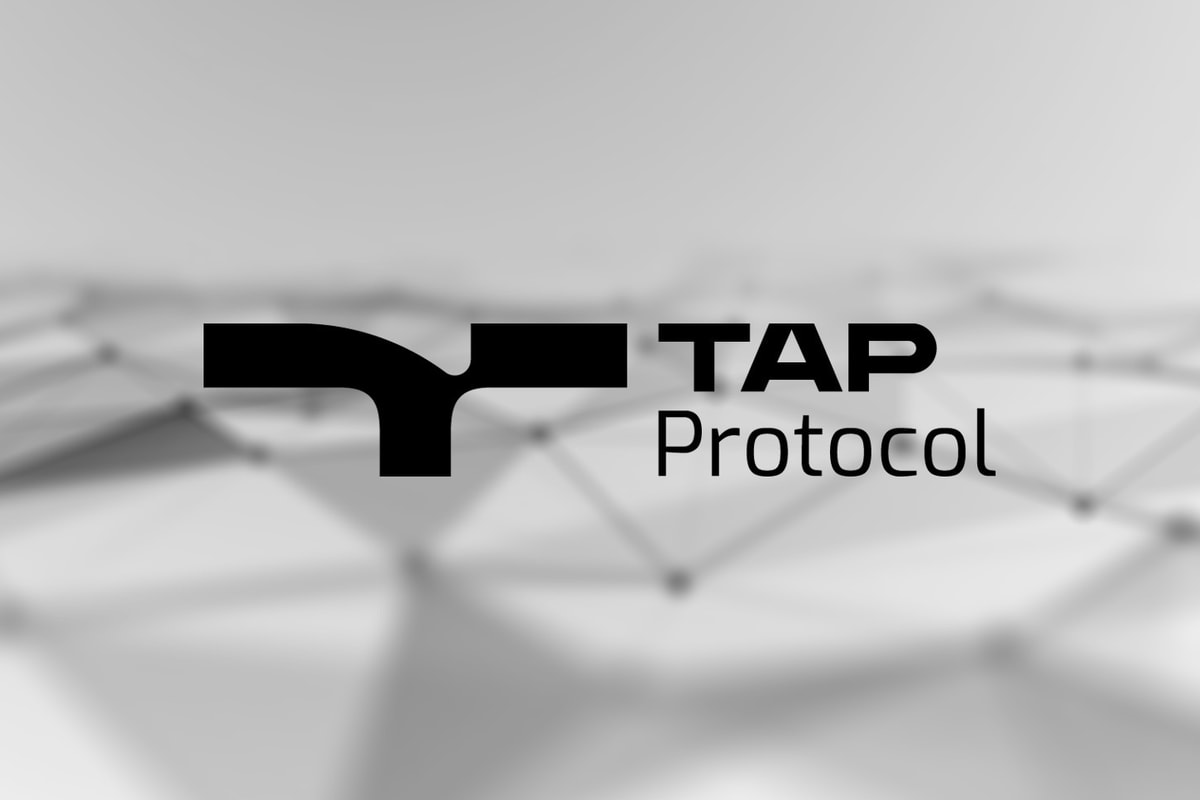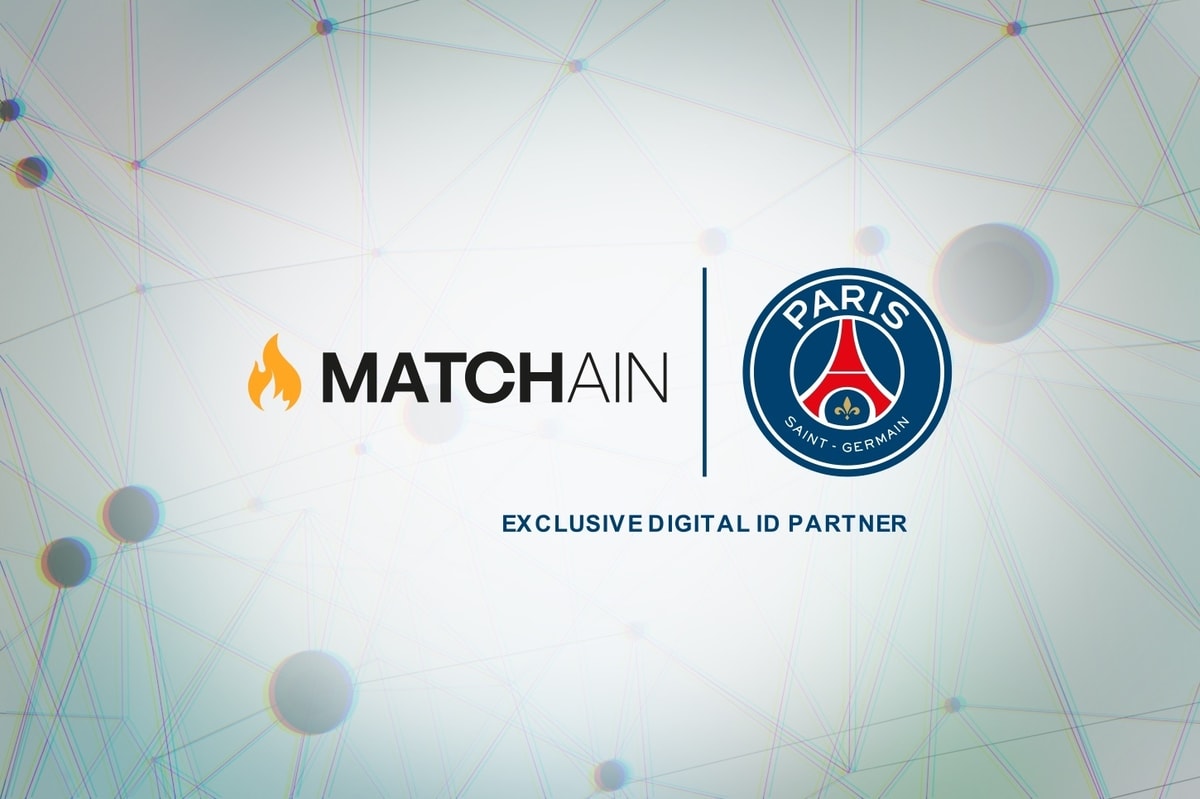Emerging DeFi project CrossFi has this week announced details of its protocol’s cross-chain liquidity sharing solution. Developed as a way to grant liquidity to locked digital assets, the CrossFi protocol utilizes industry-leading interoperability technology to connect different assets across public chains and drive further development in the DeFi space. With the CrossFi’s one-stop Filecoin lending platform scheduled to be online mid-April, coinciding with the launch of the ecosystem’s native token, CRFI, CrossFi is pushing to be the Filecoin decentralized finance platform of choice for users.
Throughout 2020, DeFi experienced rapid growth in user adoption as technical innovations in critical infrastructure, smart contracts and clever token economics incentivized pooled lending and borrowing, giving rise to the very lucrative practice of yield farming and “wrapping” to create synthetic assets. Two of the largest developments in the space came in the form of the Ethereum 2.0 pre-launch lock-up and the mainnet launch of the highly anticipated IPFS project, Filecoin. In the case of Eth2, more than 3.6 million Ether (ETH) (approximately $7 billion) has already been staked with currently no option to un-stake. For Filecoin, miners must stake FIL tokens to receive mining rewards, which are locked for a minimum of 180 days and are incentivized to continue locking for up to 540 days. This locking and staking slow down the expansion of decentralized finance by reducing the amount of liquid capital in the space — an issue the CrossFi protocol can resolve.
About the launch, CEO David Hong said:
“We are very excited to be working with some key movers in the DeFi space to bring the CrossFi protocol solution to the world of blockchain and especially to Filecoin ecosystem participants. We are committed to making digital assets more liquid and expanding the capabilities of DeFi.”
Underpinning the protocol’s superior interoperability is its use of the multi-asset adaptor protocol, which functions as both a bridge between compatible public chains and an adaptor network between non-compatible chains. Maintained by an independent network of nodes, the MAP is essentially a separate aggregating public chain built upon Substrate, the open-source blockchain development framework built by Parity, which supports rapid docking and deployment of blockchain networks to the Polkadot network. This chain effectively works as a universal bridge, allowing digital assets to be seamlessly transferred from one public blockchain to another.
The key value CrossFi brings to the DeFi space is giving liquidity to locked digital assets similar to a bond. For example, Filecoin users can stake their FIL on the Filecoin network using the CrossFi protocol and mint an equivalent value amount of ERC-20-compliant liquid cFIL. This is a two-way reversal process, meaning users wanting to later unlock their staked Filecoin must send the equivalent amount of cFIL to the redemption contract, executing a burn of the synthetic cFIL for a small settlement fee. As the protocol-supported liquidity pool is chain-agnostic, there is virtually zero slippage as a result of asset swapping.
Filecoin requires expensive specialized mining machines. Filecoin stakers are rewarded by the amount of storage they provide, but they are limited to how much storage they can deliver by how many Filecoin they stake. Therefore, to continue providing storage, miners need to stake more Filecoin. The staked Filecoin is locked up for 540 days, and stakers cannot receive the benefits of their asset until rewards are issued.
CrossFi will unlock the value of staked Filecoin by allowing staked assets to participate in the decentralized finance ecosystem. As more projects move toward proof-of-stake, more staked asset holders will want to use them in decentralized finance.
With the crypto bull market still in full swing, the blockchain-powered DeFi movement is being positioned as a genuine alternative to traditional finance. CrossFi is not just limited to staked assets but also aims to provide liquidity to all staked assets by democratizing derivatives and allowing anyone to create derivatives and trade on a decentralized platform. Anyone can collateralize a digital asset and then create a derivative token of this asset for decentralized finance applications on any public blockchain. Currently, most decentralized finance projects exist on the Ethereum blockchain, and ERC-20-compatible tokens must participate. The CrossFi protocol enables creating ERC-20-compatible tokens based on the collateralized asset from any other digital asset infrastructure. Due to the concentration of capital on Ethereum, other infrastructure assets can be mapped to ERC-20 tokens through CrossFi and participate in the Ethereum DeFi ecosystem to access liquidity through CrossFi derivative products. Also, as innovation in the space continues to grow in speed and complexity, more and more people will join the movement, leading speculators to concede the revolution is less about making people rich and more about returning financial freedom to the people.
Website: https://crossfidao.com/
Litepaper: http://crossfidao.com/wp-content/uploads/2021/03/CrossFi-Litepaper-1.pdf
Official Telegram Group: https://t.me/CrossFi_En
Official Telegram News Channel: https://t.me/CrossFi_News
Twitter: https://twitter.com/crossfidao
Medium: https://medium.com/crossfi











